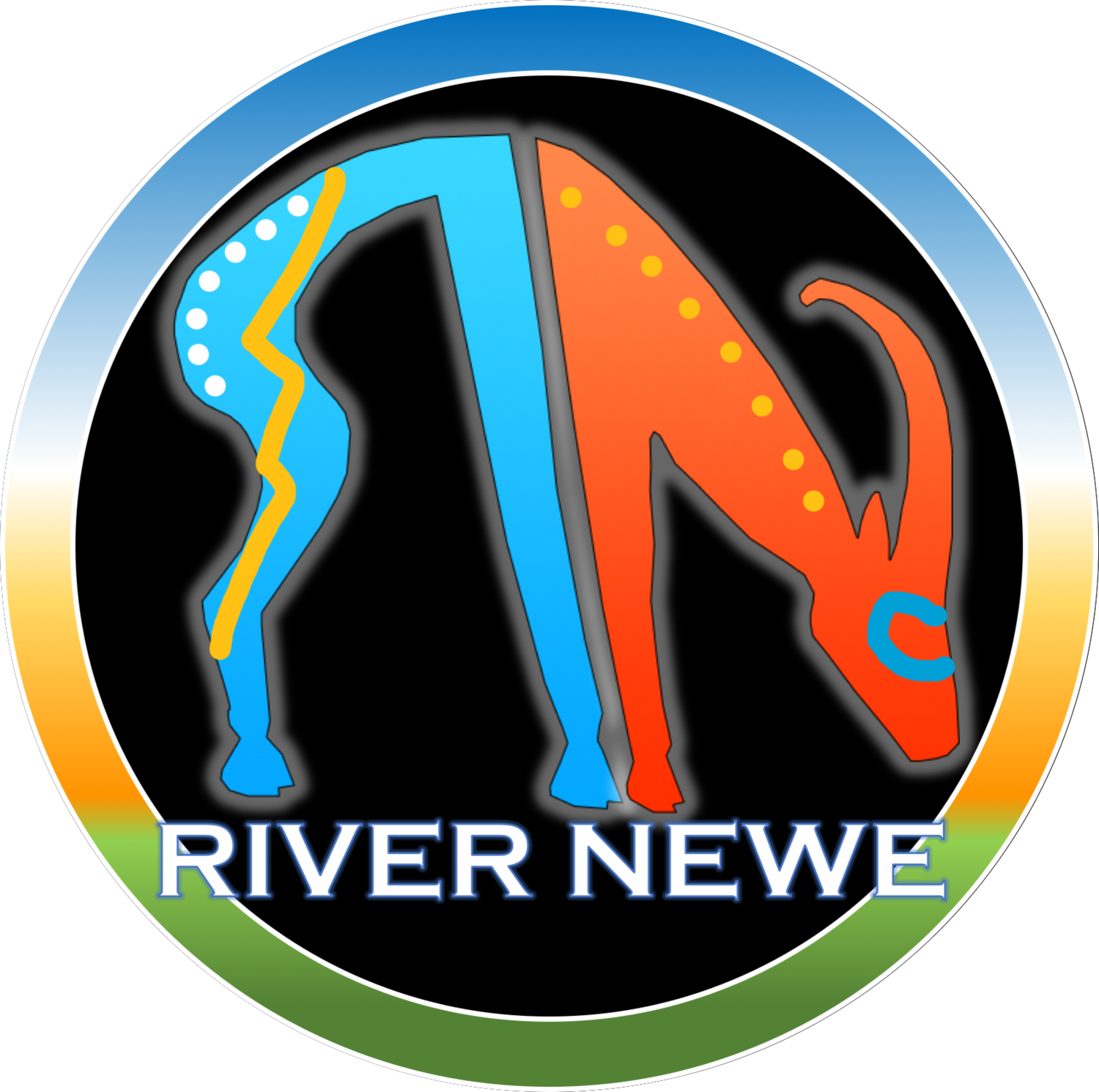Thirty years ago, the Shoshone-Bannock Tribes led the effort to save Snake River sockeye salmon from extinction. Today, they’re still fighting for the fish’s survival—along with their own.
Paddeling Life: NRS Releases “River of Return” (Bonus Q&A with Producers!)
As part of its ongoing efforts to educate paddlers about issues of importance to them, NRS is proud to release River of Return, highlighting a Shoshone-Bannock couple that bring tribal youth on the cherished Middle Fork of the Salmon River in Idaho.
For the Shoshone-Bannock Tribes, the Middle Fork has been their home since time immemorial. They and their people remain inextricably linked with its waters, even after a history of forced removal from the landscape and generations of disconnection. . .
Between Two Pines: A Return Home with River Newe
The Middle Fork of the Salmon River, located in Central Idaho, is considered a bucket list rafting destination. Its rapids are difficult, the scenery is beautiful, and the trout fishing is great. It lies within a wilderness area that is the largest roadless tract in the lower forty-eight.
The Middle Fork is also part of the ancestral lands of the Shoshone-Bannock Tribes, known as Tukadeka or Sheepeater Shoshones. The Shoshone-Bannock Tribes not only lived near the Middle Fork, but across southern Idaho, Oregon, Nevada, Utah, Montana and Wyoming until they were forcibly removed and put together in one reservation in Southeastern Idaho - far from the river.
Popular depictions of nature, such as the photographs by Ansel Adams, show a wild but humanless landscape, especially in the National Parks. That sets up an inaccurate history- pristine wilderness until settlers come and clear cut forests, overfish rivers, mine minerals, create polluting industry. The narrative takes out indigenous people and their history.
Jessica Matsaw, who is Shoshone-Bannock, wants people to be aware of this history when they enjoy the outdoors . . .
Book Chapter published!
Not to forget a recent book chapter publication titled, “Teachings from the Land of my Ancestors: Knowing Places as a Gatherer, Hunter, Fisher and Ecologist” by Sammy Matsaw. In Place-based Learning for the Plate Hunting, Foraging and Fishing for Food edited by Joel B. Pontius, Michael P. Mueller & David Greenwood. Thanks to my family, friends, and communities whom I love to be with on land having the experiences that come alive in this chapter and in my memories. My family hears these stories and we are building new ones each year and season. As I write we are in the midst of planning river trips for our youth and families. Salmon hunting is right around the corner. We will be on the river soon gathering, hunting, connecting and making memories for my children to tell.
Shout out to Joel Pontius, and Brant Miller for their patience and guidance, thank you both. Special thank you to my wife and our children for being understanding and persistent.
https://link.springer.com/chapter/10.1007%2F978-3-030-42814-3_6
River of Return
Black Lives Matter
Black Lives Matter.
We stand in support with our Black relatives against systematic racism, violence and murder of Black people. As an organization working towards a similar regard of Indigenous Sovereignty we have a vested interest in Black Liberation. Intersectional environmentalism through deliberate acts of racism limits and eliminates basic human needs by strategically placing Superfund sites near and upon BIPOC (Black, Indigenous and People of Color) in urban and rural settings. Access to clean water, air and land is for BIPOC will provide us all with continued access to those basic human needs. To take care of the land is to learn from her, and act appropriately in giving back more than you take, an ethic for future generations. Here at River Newe our hope is to disrupt the status quo of the industrial education system fitting students to become part of an economy of extraction. Rather we want to break cycles of being separated from nature, our sacred Mother Earth, and stop destroying her for short-term profits. Black Liberation is our liberation, Indigenous Sovereignty is our sovereignty. Let’s work towards a stronger sense of place and freedoms.
Native Freshwater Mussels as First Foods Ecology
Photo by WaterFirstFoods staff on the Middle Fork of the Salmon River, August 04, 2017
Native freshwater mussels are important to ecosystems as filter feeding organisms as seen here in the photo above. The water is moved in through the intake siphon at the right, filtering food items among other material in the water, and then it exits at the left in this mussel. They grow very slow and can be up to 100 years old. Native peoples better known as a band of Shoshones called the Tuka Deka (Big Horn Sheepeaters) who were removed from the area over a century ago. Among Big Horn sheep, the Tuka Deka also ate freshwater mussels, salmon, roots, berries and many other plants and animals along the river. Other tribes in the area shared similar diets and eating freshwater mussels is not uncommon. Today, we still eat them and honor them through the 'research' coming to know we are practicing within our tribal and non-tribal communities across the Snake River Basin.




